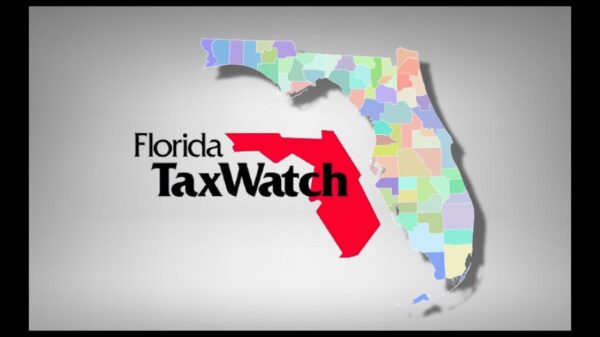Last week, Florida TaxWatch released “The State of Medicaid in Florida,” which looks at how Florida’s Medicaid program has fared during the COVID-19 pandemic, noting the impact of rising enrollment on communities and challenges the state may face in the coming years.
Florida TaxWatch President and CEO Dominic Calabro weighed in on the report.
“Since the onset of the pandemic, Medicaid enrollment in Florida has increased by nearly 24 percent, and it’s expected to continue rising in the year ahead. In fact, in Fiscal Year 2020-2021, the Office of Economic and Demographic Research forecasts that expenditures will surge to approximately $31.6 billion – 18.7 percent higher than the previous year. This trend has and will continue to have significant blowback on communities, particularly when it comes to accessing quality health care, and it will certainly have long term implications on state budget operations. Still, there are many unknowns that are largely dependent on the pace of economic recovery, and Florida TaxWatch will continue to monitor this issue closely,” Calabro said.
The commentary identifies stress on Florida’s budget as the most obvious consequence of increased Medicaid enrollment. The Office of Economic and Demographic Research found that in Fiscal Year 2021-2022, expenditures will grow to $32.57 billion, creating a $1.25 million shortfall, which, when compounded with an eventual cessation in federal funds from the Families First Coronavirus Response Act, could result in additional financial constraints.
Additionally, the briefing speculates that rising Medicaid enrollment could potentially lead to health and economic disparities across different areas of Florida. Counties with the highest program utilization tend to be in more rural areas, such as Hendry (37.23 percent), Putnam (34.68 percent), and Hardee (33.04 percent) counties. These areas already have fewer health care facilities, and with more residents having coverage, access and/or quality of services will be challenged even further.






















